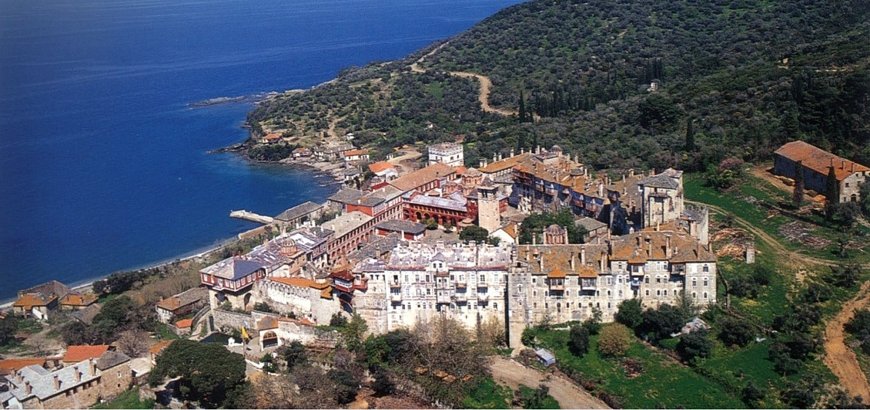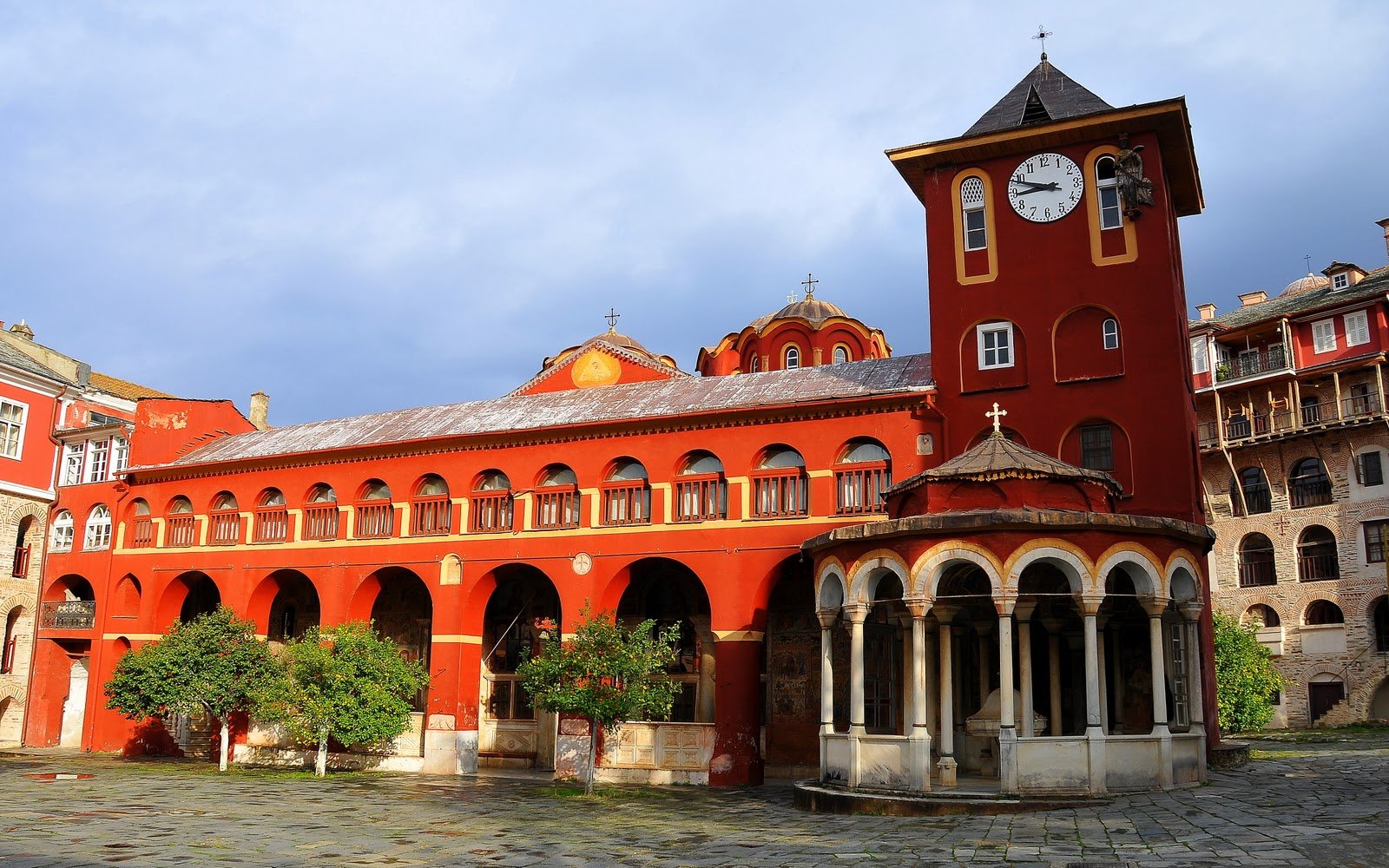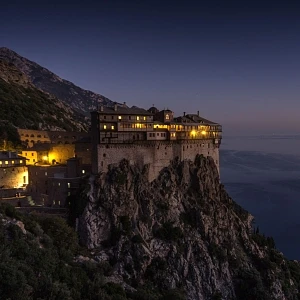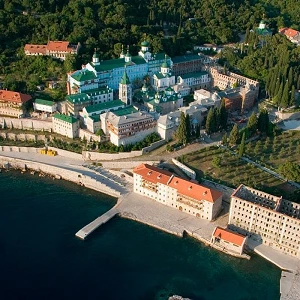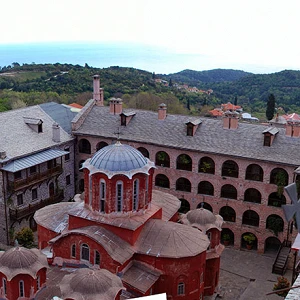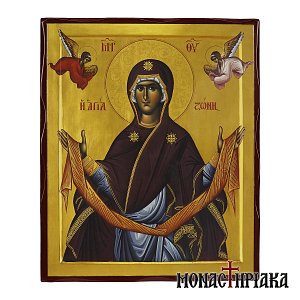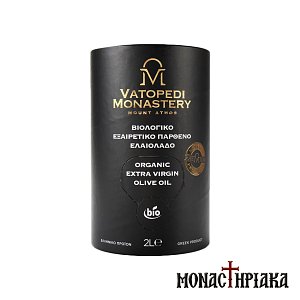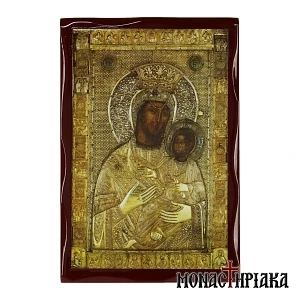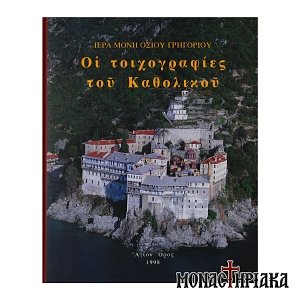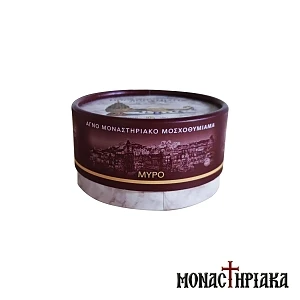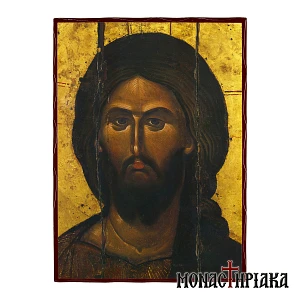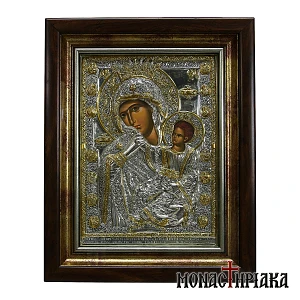When was the Holy Monastery of Vatopedi built & who are considered its founders?
The Holy Great Monastery of Vatopedi has a long history. It is geographically located approximately in the middle of the north-eastern coast of the Athos peninsula, on the easternmost slope of the cove of the same name.
We do not know the exact date of the establishment of the Monastery, however there is evidence that testify to the time period when the activity of the monks began in this place.
What does popular tradition say about the establishment of the Monastery
According to the tradition, in the 4th century AD, the Byzantine emperor Theodosius the Great (379–395 AD) laid the foundations for the reconstruction of the monastery, as a gesture of gratitude for the salvation of his son, Arkadius.
Arcadius was sailing towards Rome, when suddenly the ship was wrecked and he himself was miraculously saved by the intervention of the Virgin Mary. Arkadius was found on the shores of the Athonian Peninsula, sleeping next to a reed.
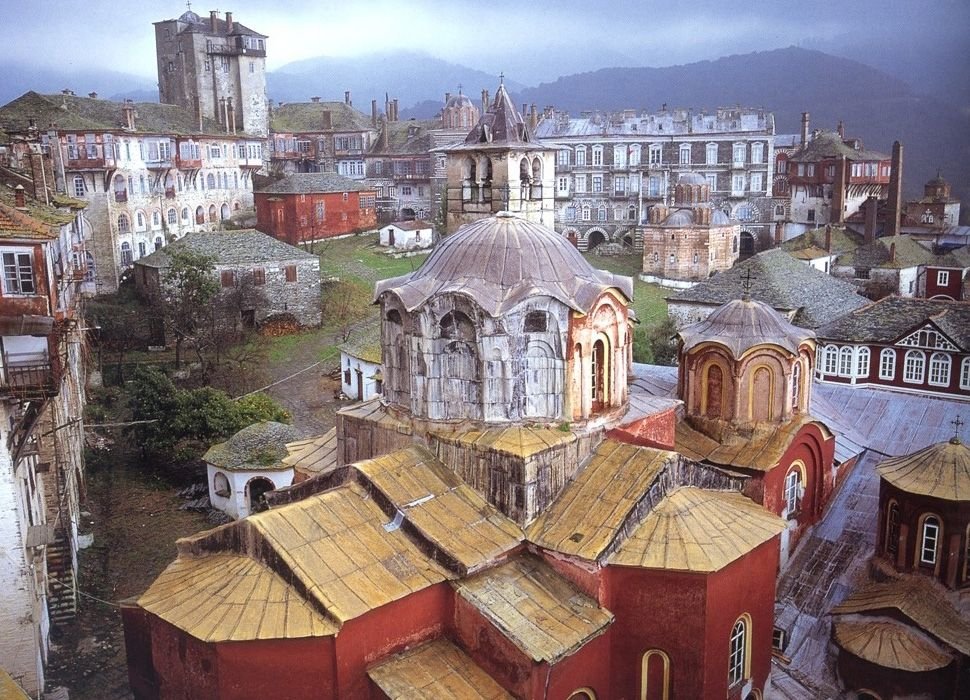
This story partly explains how the Vatopedi Monastery got its name. Essentially, it is about the "vato" (=a place with wild vegetation and reeds) where the child, that is, Arkadios, was found.
A second interpretation, states that the name of the Monastery comes from the numerous wats that existed in the surrounding plain (Vatopedi = plain of wats). Consequently, we accept that the name Vatopaidi (Βατοπαίδι) or Vatopedi (Βατοπέδι) is acceptable and has the correct spelling.
Historical facts about the establishment of the Monastery
Historical data show that the Vatopedi Monastery was founded between 972 and 985 AD. and it is due to three lords from Andrianoupolis, Athanasios, Nikolaos and Antonios, who were students of Saint Athanasios the Athonite. In fact, Saint Athanasios the Athonite is considered the founder of the Athonian monastic state.
According to the Standard of Emperor John Tsimiskis in 972 AD, the operation and responsibilities of the central administration on Mount Athos are regulated, among other things. In addition, based on the above, the positions of the First, the officials of the Protatus, and also of the Synod of Carians are defined. At the same time, the relationships between the monks and their various categories are defined.
At the official paper of Emperor John Tsimiskis in 972 AD, the signature of a representative of the Vatopedi Monastery is absent, however, in deeds of 985 AD. and of 1016 AD the official representative with the right to sign is "Nicholaos monk and abbot of Vatopedi". It seems, therefore, that Nicholaos is one of the three abbots, who laid the foundations of the Vatopedi Monastery.
In which hierarchical order is the Vatopedi Monastery according to the official classification
The Statutory Charter of the Athonian State was established in 1924 and defines the hierarchical position of the twenty Monasteries of Mount Athos. The origin of the hierarchical classification of monasteries can be traced almost nine centuries before, in 1045 AD, to the Second Standard, which was issued by the Byzantine emperor Constantine the Great.
The hierarchy of the monasteries is based mainly on the year the monasteries were founded, i.e. on their antiquity. Thus, the Holy Great Monastery of Vatopedi is in second place in the ranking, as the only monastery that precedes it in time is the Great Lavra, which was founded in 964 AD, i.e. about eight years earlier.
The Holy Monastery of Vatopedi over the centuries: brief history of the monastery
Information about the activity of the Vatopedi Monastery during the 12th century is limited. However, at the end of the century we know that Serbian monks appeared. Among them were Prince Rastko and his father Stefanos Nemania, who were later renamed Savvas and Simeon. Essentially, these are the two Saints of the Serbian Church and founders of the Holy Monastery of Hilandari (1199 AD). In fact, the two saints helped significantly in the expansion of the construction works of the Vatopedi Monastery.
During the 13th century, the Vatopedi Monastery received the title of “Vasiliki”, an element that demonstrates the prosperity of the monastery and is associated with the Palaiologos dynasty.
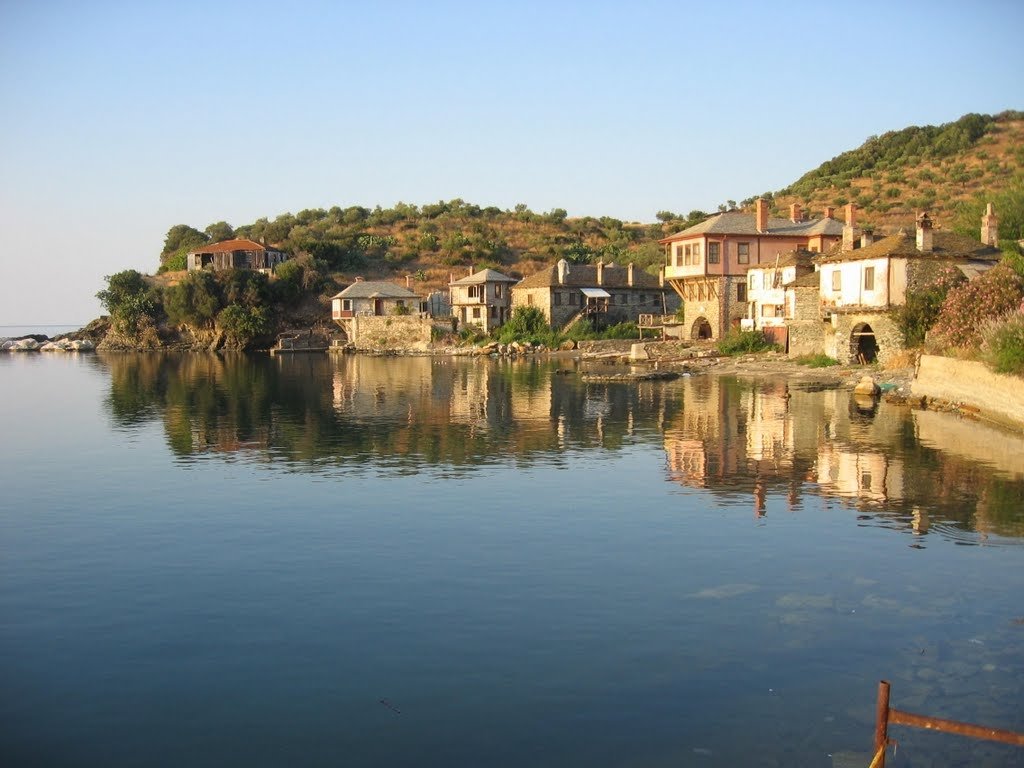
Pirate raids hit the Vatopedi Monastery
During the second half of the 13th century, the Vatopedi Monastery, like the entire Athonian State, suffered a lot from the raids of Catalan pirates and Turkish raiders.
The period of the Frankish occupation was difficult for the Garden of Virgin Mary, however there were many hermits, who decided to settle in the Athonian peninsula. In fact, one of them was Gregorios Palamas, starting his ascetic life here.
The period of Ottoman rule
In 1423-1424 AD, the Athonian peninsula comes under Ottoman rule and experiences extensive economic burdens. The effort of the Vatopedi fathers for the Monastery to survive in the new situation, but also to develop, was the greatest.
At the beginning of the 16th century, Saint Maximus the Greek went to the Holy Monastery of Vatopedi and stayed for about 10 years. In 1505-1506 AD he became a monk and characterized the Monastery as a kind of great Lavra.
At the beginning of the 18th century, the entire Mount Athos was hit by extreme financial burdens from the Turks. The Holy Monastery of Vatopedi, Iviron and Hilandar were able to cope financially and tried to help the poorer monasteries by lending money to repay the bills.
The establishment of the Athoniada Academy
By the middle of the 18th century, the Monastery had recovered financially and managed to establish the Athoniada Academy (1748 AD), on the initiative of Hieromonk Meletios.
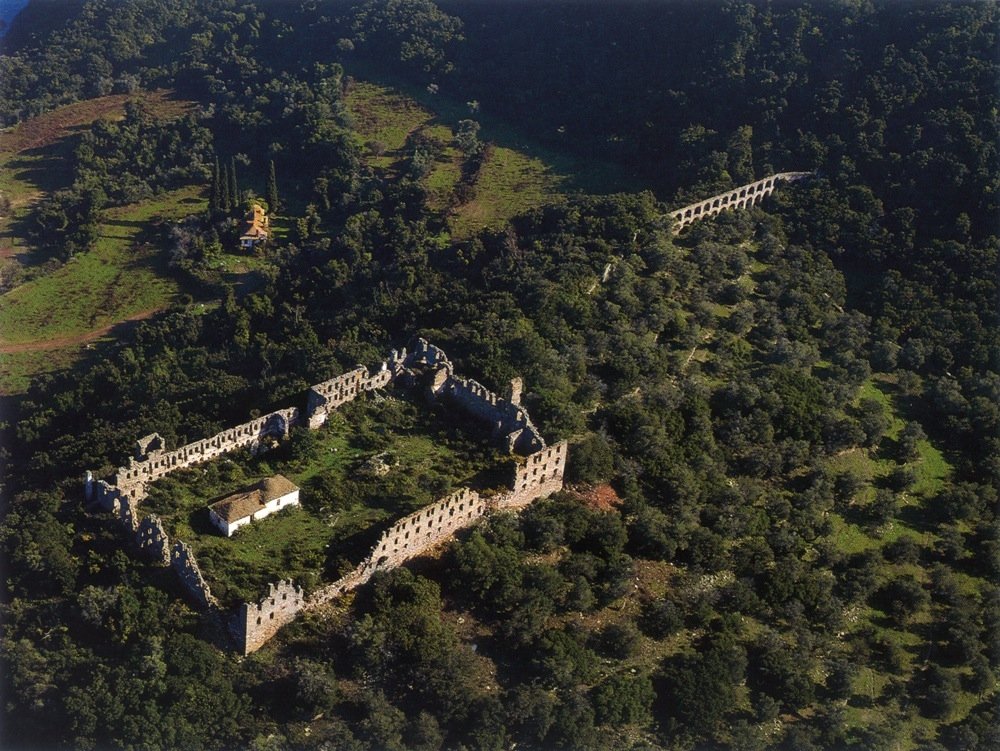
The recovery period was interrupted by the inglorious end of the 1821 revolution in Macedonia led by the Macedonian fighter Emmanuel Papas. This event brought about a series of reprisals for the entire Mount Athos, while many relics were stolen by the Turks.
In 1912 Mount Athos was freed from the Turkish yoke after the intervention of the Greek army.
The Library and the relics of the Vatopedi Monastery
Approximately 1,700 manuscripts are stored in the monastery's library, including 600 codices on parchment, 25 scrolls and 10,000 forms.
One of the most important manuscripts of Vatopedi is the Geography of the Greek astronomer Claudius Ptolemy, which dates back to the 11th century.
Many treasures of great historical and religious value are kept in the monastery's sacristy. During the 14th century, the Serbian ruler Lazarus I had donated to the Monastery the Belt of the Virgin, which is divided into three pieces and, for security reasons, is kept in three silver and gold boxes.
In addition, part of the Holy Cross and part of the reed, on which the sponge with which Jesus was given vinegar on the Cross of Martyrdom was placed, is kept in the Monastery.
The sacred relics of Agios Evdokimos of Vatopedinos are kept in the monastery's sacristy.
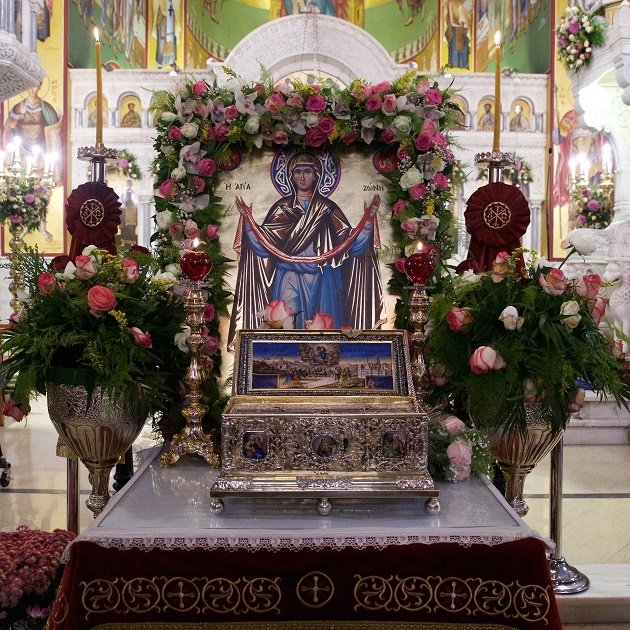
Finally, in the Holy Monastery of Vatopedi we find many miraculous icons of the Virgin Mary. The icon of Panagia Paramythia, Panagia Vimatarissa, Pantanassa, Pyrobolethisis, Antiphonatria and Esphagmeni.
Here you can find more information about the miraculous icons on Mount Athos.
Contact with Monastery of Vatopedi:
Phone: +30 2377 0 88088
Email: [email protected], [email protected]
